Theresa Bruce
“I am passionate about blended learning because it allows students to incorporate technology to drive their success.”
– Theresa Bruce
Self Paced, Mastery Based Learning
"True learning comes through mastery, not simply checking off boxes or turning in assignments. Scholars were excited to know that they truly understood the concept. They felt competent."
In a traditional school environment, it is a one size fits all model. The biggest challenges I faced in my classroom are in regards to class size and the different ability levels of students. I noticed that it was hard for me to give real time, meaningful feedback to students on their work as well as teaching protocol for students to give meaningful feedback to each other. This is due to the large class sizes (27-32 students). I also teach 180 students on an A/B day schedule. Additionally, I noticed that there are varying degrees of student need for whole group instruction. Oftentimes during whole group instruction, there are students who greatly benefit from the modeled skill, students who might need a quick refresher on the skill, and students who do not need it at all.
There are various learning styles and ability levels within the classroom and this can be hard to address using a whole group or the traditional “I do, we do, you do” instructional model. I sought to implement a learning system where students' unique academic needs were met and ensure mastery of content while also increasing my time in small groups for support.
The purpose of the project was to provide the support necessary to launch a student paced, blended learning model. I invested in utilizing Canvas instead of Google Classroom as a pilot of this new form of teaching. I created modules within Canvas that contained lessons that students could go through at their own pace within a unit. Each lesson contained a teacher created instructional video, assignment, and mastery check.
Thus far, with virtual learning, students have reported that they like the consistent design and ability to work at their own pace. They also enjoy the targeted feedback provided on assignments before taking mastery checks. On a survey provided to students at the end of the first semester, 88% of the students would recommend the class using the current structure.
One benefit of the innovation was how well it tied into an instructional model known at the Modern Classroom Project. I was able to utilize this project to launch this model. Additionally, another benefit is that my entire school community is considering this model and using Canvas over Google Classroom.

